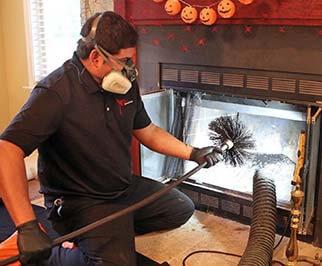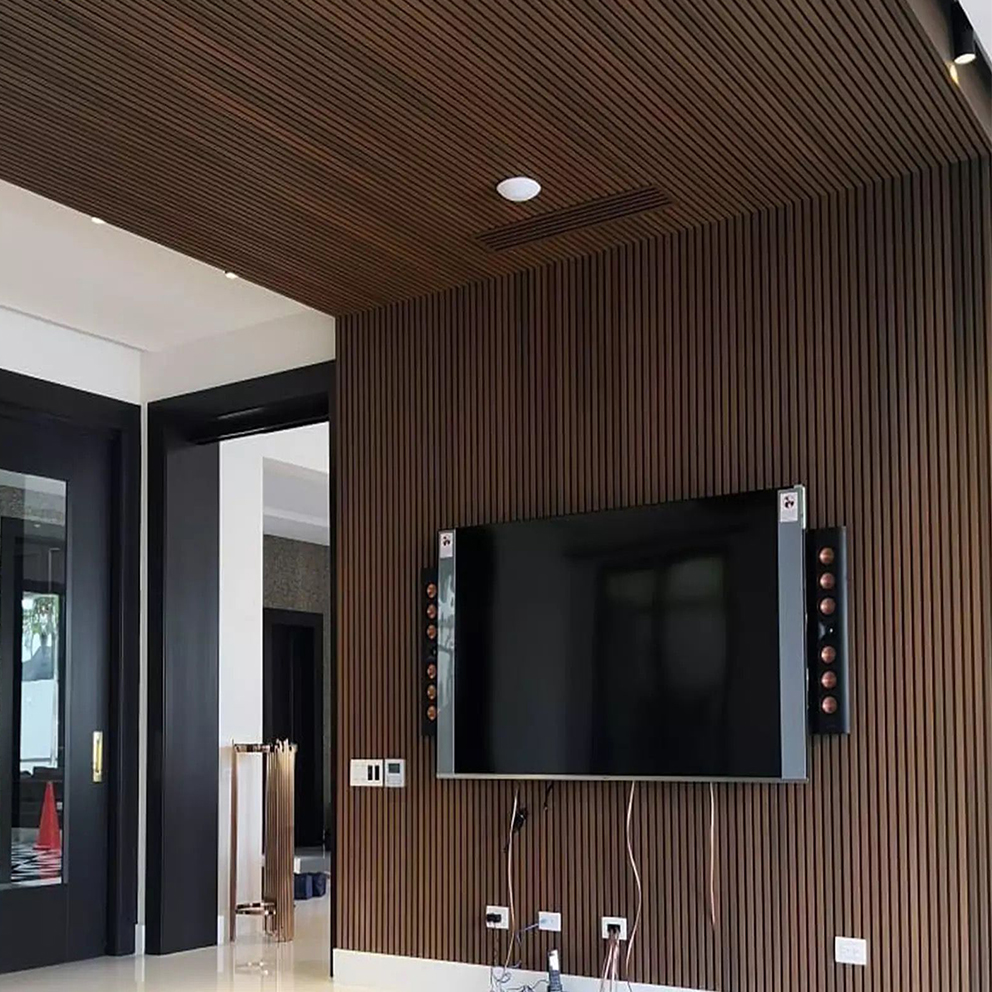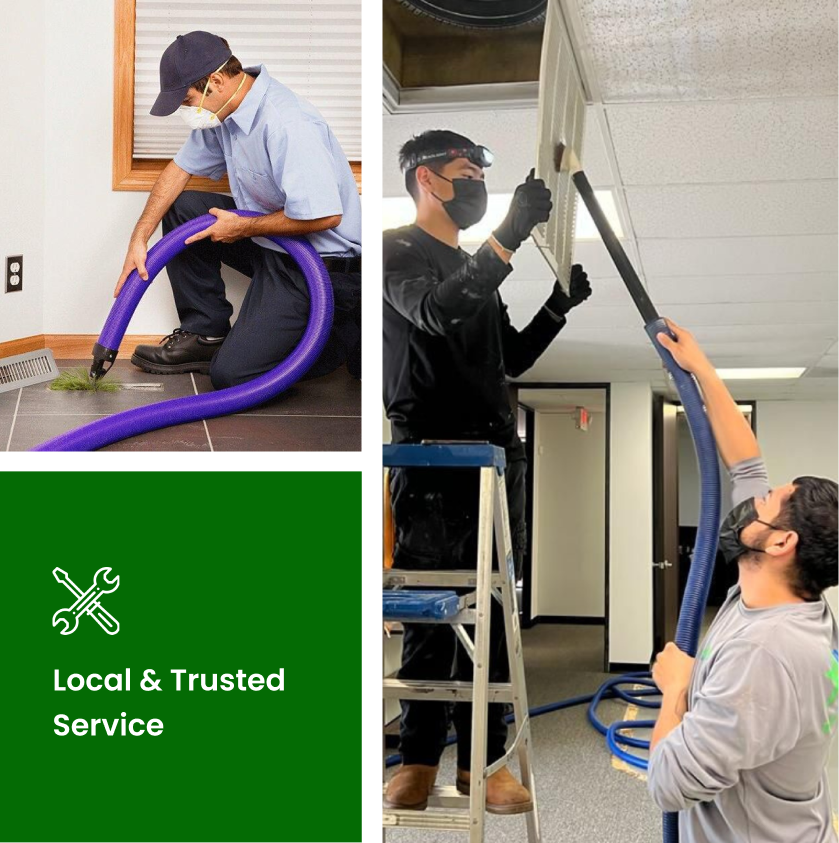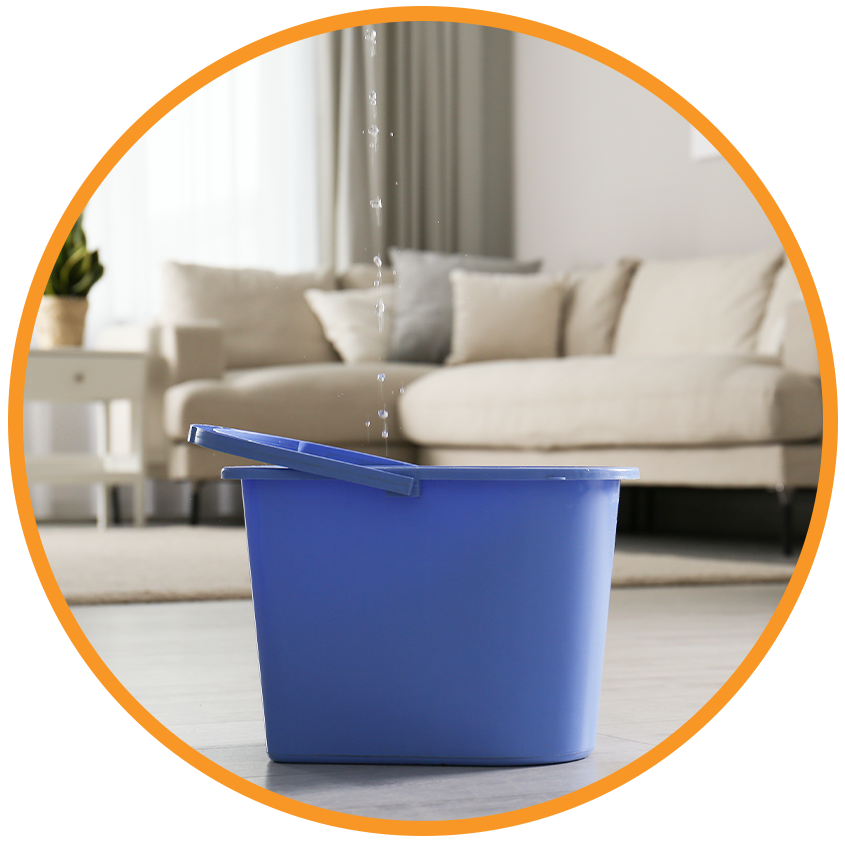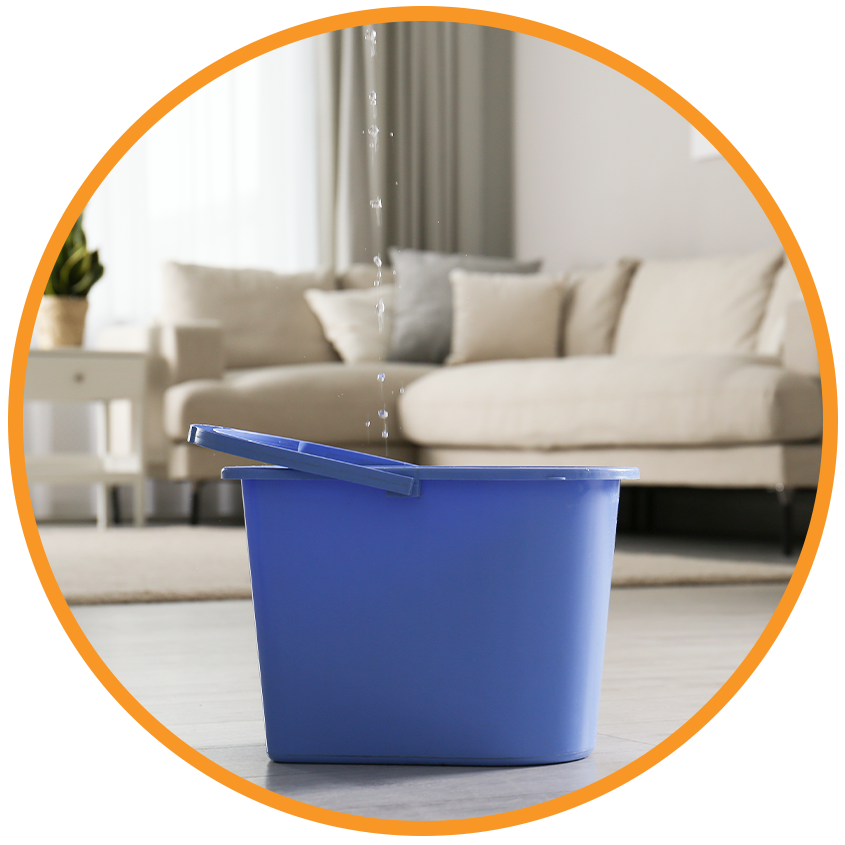Upholstered seating has become a popular choice for both indoor and outdoor spaces due to its ability to combine comfort, elegance, and practicality. From luxurious settee sofas to relaxed chaise lounges, upholstered furniture can bring warmth and a sense of relaxation to any environment. Whether you’re looking to furnish a cozy living room, a stylish patio, or a spacious family room, upholstered seating offers a wide range of options that cater to different tastes and needs.
The Appeal of Upholstered Seating
Upholstered seating offers a number of benefits, with comfort being the foremost. The soft, padded surfaces of upholstered sofas, settees, and chaise lounges make them perfect for lounging and relaxation. In addition to comfort, these pieces bring sophistication and elegance to a room with their custom finishes, fabric options, and design styles. Upholstered furniture can become the centerpiece of a room, offering both functional seating and decorative appeal.
Upholstered seating also provides versatility. With the right fabric and cushion fill, these pieces can be adapted to suit various styles, from contemporary to traditional or even eclectic. The variety of fabrics available—from plush velvet and linen to performance fabrics and leather—ensures that there’s an upholstered seating option for every aesthetic and practical need.
Upholstered Settee Sofas: A Touch of Elegance
An upholstered settee sofa is a fantastic choice for those looking to add an elegant, yet comfortable seating option to smaller spaces or as part of a larger living room arrangement. Settees are typically smaller than traditional sofas, making them ideal for tight spaces such as entryways, bedrooms, or intimate living rooms. Despite their size, they offer plenty of comfort with the addition of soft upholstery and cushioning.
Upholstered settee sofas come in a wide range of styles, from classic Chesterfields with tufted designs to sleek modern pieces with clean lines and minimalistic features. The fabric choice can make a huge difference in the overall aesthetic—choose rich, luxurious velvet for a sophisticated look, or go for a neutral linen or cotton fabric for a more relaxed and casual atmosphere.
One of the main advantages of upholstered settee sofas is their versatility. They can be used as accent pieces in larger rooms or as standalone seating for small, cozy areas. In addition, the upholstery allows for a variety of customization options, including different patterns, colors, and textures to fit any décor.
Upholstered Chaise: The Ultimate in Relaxation
An upholstered chaise lounge is the epitome of relaxation and luxury. These elongated pieces of furniture are designed for lounging, reading, or taking a nap, offering the perfect place to unwind after a long day. Unlike traditional sofas, chaise lounges are typically a single piece with an extended seating area that allows you to stretch out comfortably.
Upholstered chaises are available in various styles, from classic to contemporary, and can be customized with a wide selection of upholstery fabrics. Whether you prefer the sophisticated look of tufted leather or the softness of a plush fabric, the upholstered chaise offers an indulgent seating option that complements any room or outdoor space.
What makes upholstered chaises particularly appealing is their flexibility. They can be placed in living rooms, bedrooms, or even outdoor patios. The chaise’s elongated design makes it a great choice for reading corners or as a statement piece in a larger room. Additionally, many upholstered chaises feature plush cushions and ergonomic support, making them an ideal choice for long hours of relaxation.
Choosing the Right Upholstered Seating
When selecting upholstered furniture for your home, it’s important to consider several factors to ensure the piece meets both your aesthetic and functional needs:
Fabric and Durability: Choose upholstery fabrics that match your lifestyle. If you have pets or children, consider performance fabrics or leather, which are easier to clean and more resistant to wear and tear. If comfort is your priority, soft fabrics like velvet, cotton, or linen may be more to your liking.
Size and Space: Be mindful of the space where you plan to place the upholstered seating. For smaller rooms, a settee sofa or a compact chaise lounge may be the best choice. Larger spaces can accommodate bigger sofas or sectional pieces. Measure your room and the furniture to ensure it fits comfortably without overwhelming the space.
Comfort and Support: Upholstered seating is all about comfort. Look for well-constructed cushions with the right fill, such as high-density foam or down feathers, for maximum comfort and support. A piece with a supportive frame and soft, cushioned upholstery will ensure that you can enjoy long hours of relaxation.
Style and Aesthetic: Upholstered seating comes in a variety of designs, from traditional and ornate to sleek and modern. Choose a style that complements your overall room décor. Whether you’re going for a vintage-inspired look or a minimalist modern feel, there’s an upholstered piece to suit your aesthetic preferences.
Maintenance: Consider the ease of cleaning and maintaining your upholstered seating. Some fabrics, such as microfiber and leather, are easier to wipe down and maintain, while others may require more frequent cleaning, especially if used in high-traffic areas.
Conclusion
Upholstered seating, including settee sofas and chaise lounges, is a fantastic way to add both comfort and elegance to any space. Whether you’re outfitting a small apartment, a spacious living room, or an outdoor patio, these pieces offer luxurious comfort and style that are sure to enhance the ambiance of your home. By carefully selecting the right fabric, size, and style to suit your needs, you can create a welcoming and cozy space that’s perfect for relaxation and entertaining.
